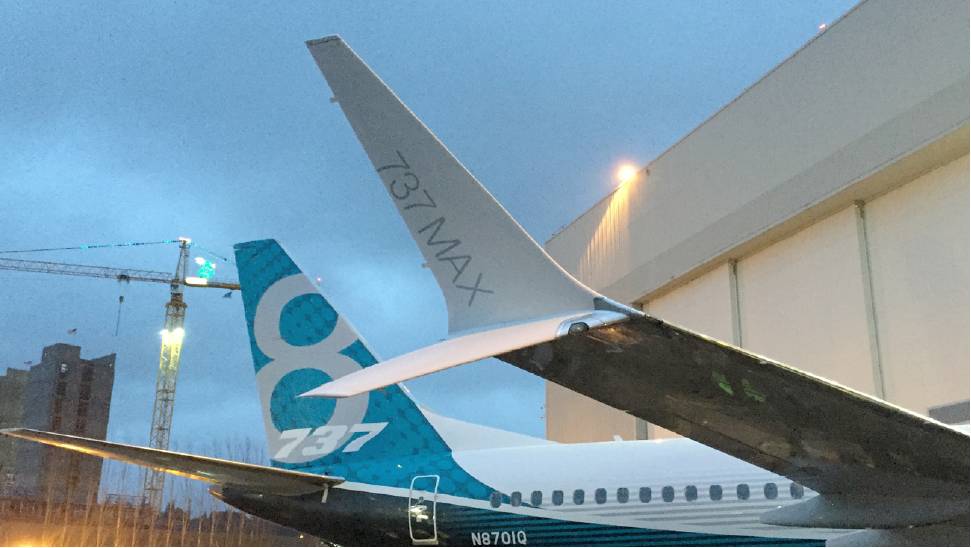AIR TRANSPORT The airline boardroom and safety
Safety first
Captain JOHN LEAHY of the RAeS Flight Operations Group (FOG) looks at the vital role of senior management in ensuring that safety remains at the centre of an airline’s corporate strategy.
 British Airways
British Airways
It may seem strange to begin a document relating to training of pilots by addressing it to the Accountable Manager, who is often the Chief Executive Officer, and the Board of Directors of an airline operator.
Yet, without the Accountable Manager and the Board of Directors giving maximum attention to matters relating to safety, improvement in standards cannot be achieved.
The primary objective of the Board of Directors is seen as the protection of the company from threats which might affect the business and adversely impinge on share value. As a consequence, safety has simply been taken ‘as a given’ by many and oversight by the Regulator and the Operator’s application of Regulatory Requirements has been assumed to provide it.
However, we can see from recent tragic events that this may be a gross oversimplification.
The Operating Company’s Annual Report will often contain many pages listing financial metrics and possible financial risks affecting the business. These include fuel prices, foreign exchange, competition, regulatory issues, as well as the recent implications of Covid-19. Safety might be covered but not in any detail. This seems extraordinary, given that a poor safety record is the single biggest threat to the very existence of an operator. The financial metrics might affect the company’s profitability but it is unlikely that a single item there can cause a business to fail utterly and instantly. A poor safety record can.
This is what nearly happened to Boeing as an aircraft manufacturer but an airline operator would equally suffer public opprobrium should it suffer even one fatal accident. The almost unthinkable occurrence of two accidents in relatively quick succession would no doubt result in public confidence being eroded to a point where recovery would be simply impossible.
 It has taken nearly two years to get the Boeing 737 MAX 8 flying again. Aka The Beav from Seattle
It has taken nearly two years to get the Boeing 737 MAX 8 flying again. Aka The Beav from Seattle
The Flight Operations Group (FOG) of the Royal Aeronautical Society (RAeS) suggests that the greatest threat to any operator, especially in the light of the two Boeing 737 MAX 8 crashes, is that the same thing could happen to it.
Boeing took a massive financial hit (estimated to be $32bn) from those two linked crashes and significant damage to its reputation, including in the aftermath of the accidents, given various swirling allegations about its dealing with the FAA. There is little doubt that public confidence in the whole aircraft manufacturing sector and government regulation of it has been badly damaged.
It has taken nearly two years to get the Boeing 737 MAX 8 flying again and a company, once deemed by many to be the ‘gold standard’ of engineering excellence, has seen its reputation impacted by these accidents and the subsequent fallout.
Boeing is putting in massive resources to improve its image and to restore confidence in the Boeing 737 MAX 8 and in its own ability to manufacture reliable safe aircraft. However, along with control of quality in aircraft design and changes in regulatory oversight, regulators will need to have more effective oversight of operators, especially in their oversight of operator training, given that one of the main findings from the Boeing 737 MAX 8 crashes was identified as ‘poor training’. Training is now the subject of an in-depth study within the Flight Operations Group of the RAeS to see if has been devalued over the years.
In the new post-2020 aviation world, the Accountable Manager, the Board and indeed senior management of airline operating companies must accept that, without due attention to safety in all aspects of its business, including training and equipment, what happened with Boeing could happen to them. They must know the level of safety that exists in their operations and ensure it is maintained. The following is a list of what the FOG believes to be best practice at Accountable Manager and Board level.
In particular they should ensure that;
- The Accountable Manager and the Board of Directors are fully aware of the operational risks and threats to safety that exist within their operations through regular briefings from senior suitably qualified managers in an environment where they can freely express their opinions and concerns without fear of retribution.
- The Board of Directors should consist of at least one highly qualified and respected member with an extensive knowledge of and experience in aviation safety.
- A Director of Flight Operations be appointed with the responsibility of bringing safety-related matters directly to the Accountable Manager and the Board of Directors.
- The Chief Financial Officer should ensure the highest priority on safety-related expenditure in accordance with the directions of the Accountable Manager and the Board of Directors.
- Operators should set up an effective Safety Office with a sufficient number of qualified staff who can constantly monitor the events that occur during line operations.
- Staff have confidential access to the Accountable Manager through the Safety Office.
- An ‘external’ (non-governmental) audit process, such as ISO 9001, be in place to monitor the training process of the operator.
- A Head of Safety (Audit & Oversight) should be appointed and be independent from interference by any other managers in the company’s hierarchy.
The Accountable Manager and the Board of Directors, who are ultimately responsible for safety, should now review their ability to have oversight of their safety managements system (SMS) and ensure it is properly funded and effectively managed by experienced individuals who have direct access to his/her office.